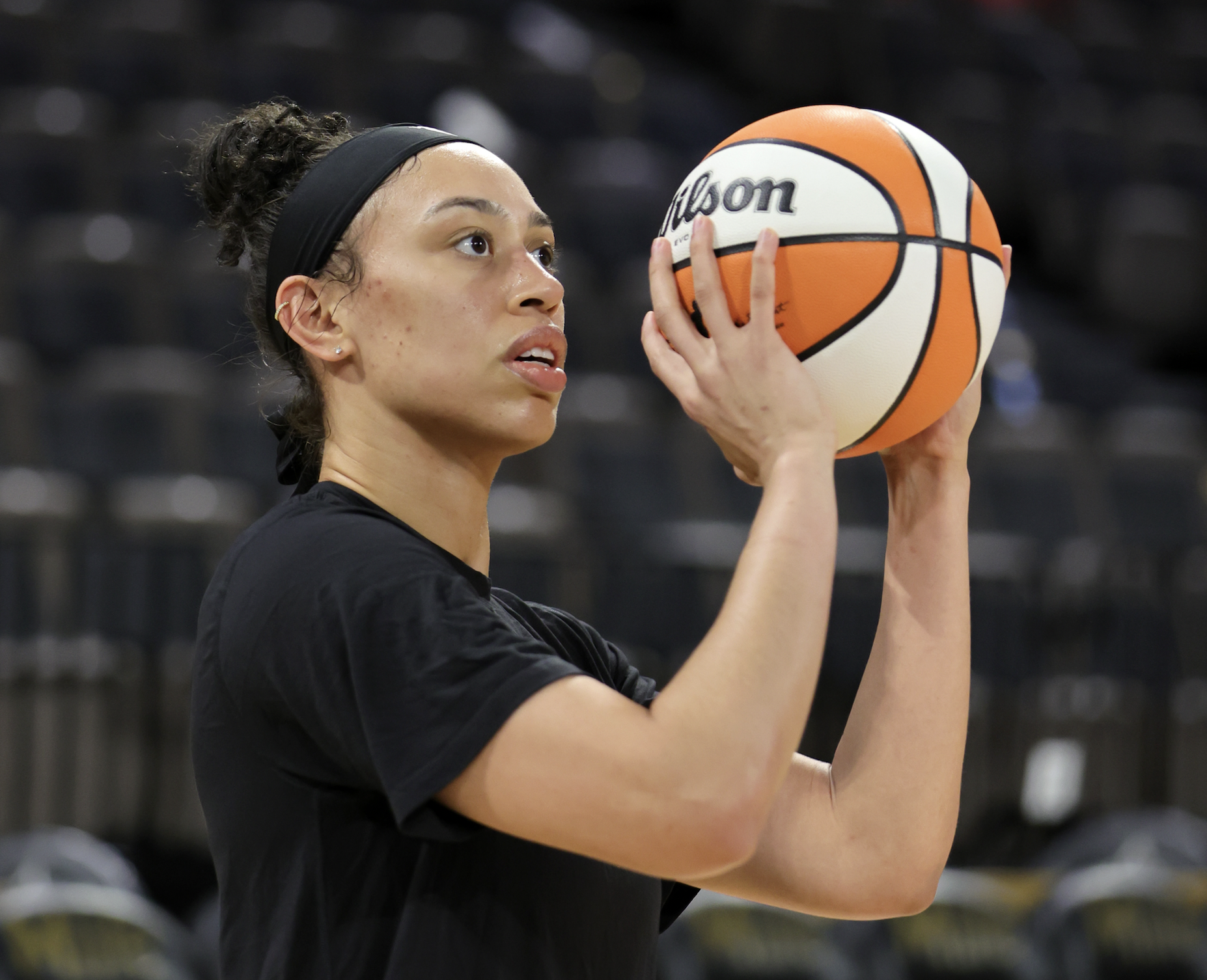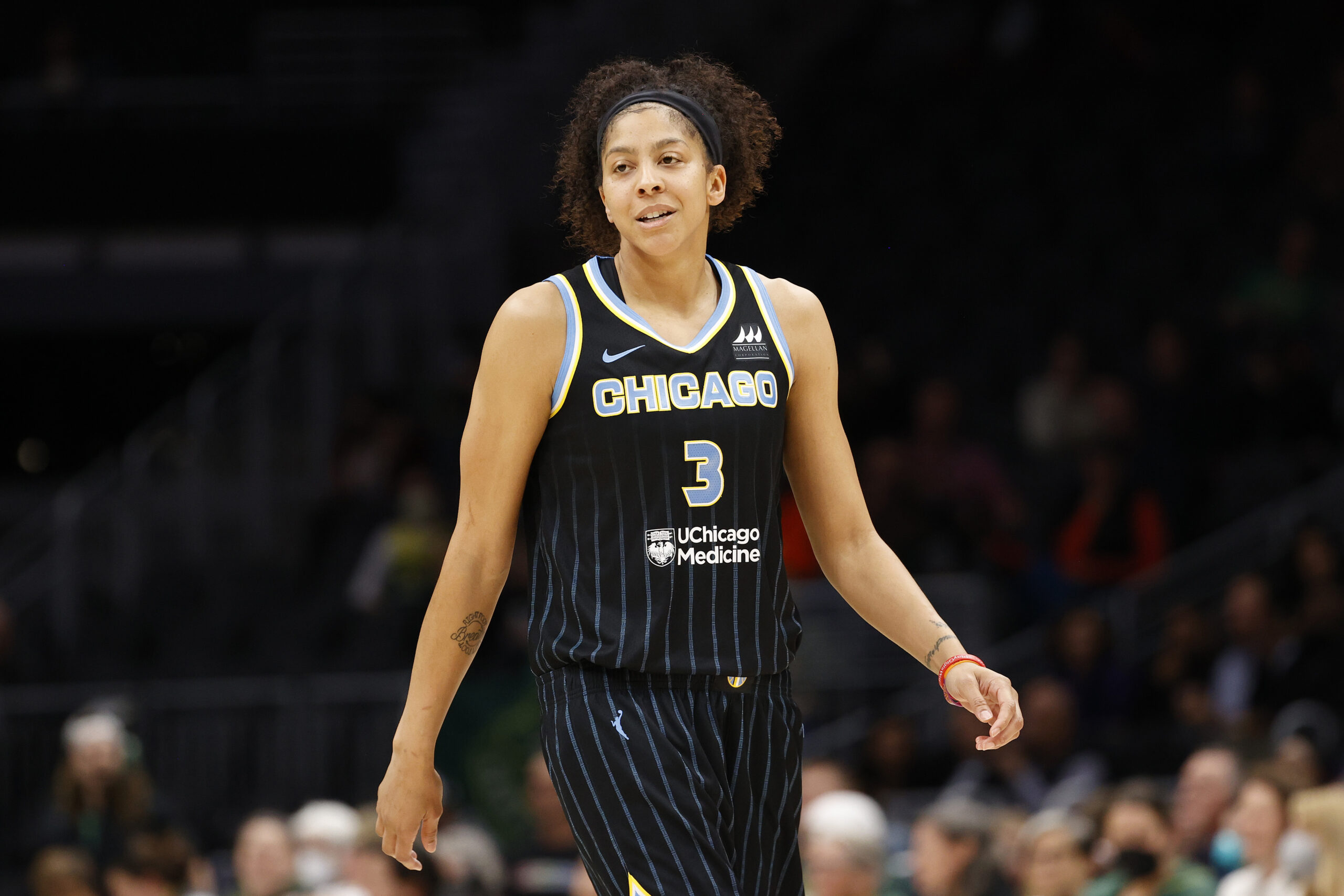Long before the announcement of her diagnosis of early-onset dementia, Alzheimers type, in the summer of 2011 and the eventual news of her passing on June 28, 2016, Pat Summitts legacy was firmly solidified as one of the most revered figures in the history of college basketball.
Her habitual act of cutting down the net at the Final Four made her the face of womens basketball and the Tennessee Lady Vols as the benchmark program of excellence nationwide.
Summitts assortment of championship banners, the lifelike statue at Pat Summitt Plaza across from Thompson-Boling Arena and the hardwood court which bears her name are noteworthy topics when reflecting upon the 38 glorious years (1974-2012) she patrolled the sideline for the Lady Vols.
However, her openness toward race relations and courageous stance in fighting vigorously for gender equity in sports are two towering feats which are just as important as her collection of eight national championship trophies.
Although she was born and raised in rural Clarksville, Tenn. under the harsh climate of Jim Crow laws, she didnt allow the wicked ideology of white supremacy to penetrate her heart. Summitts view of the world was shaped by strong work ethic, where judgments were not based on the color of ones skin, but on the content of their character.
This mentality flowed deep within her veins and oozed out of her pores onto the basketball court. The pursuit of winning allowed her to connect with black players as a teammate and later on as a head coach. Former Lady Vols hoopster Patricia Trish Roberts was the first of many whom can attest to this mindset.
Although Roberts wasnt credited with breaking the color barrier at Tennessee, she was the first African-American to play for Summitt. They formed their bond as teammates on the first-ever womens national basketball team, winning a silver medal at the 1976 Olympics in Montreal.
Prior to playing as an Olympian and ultimately Tennessee, Roberts was a star at North Georgia State College and then Emporia State College. During a three-year run (1973-76), she averaged 16.9, 20.9 and 27.4 points respectively. However, she peaked under Summitt, posting an eye-popping 29.9 points a night.
Before I transferred to Tennessee, I was the only black player on my college team (Emporia State),” said Roberts. “My Tennessee teammates welcomed me and they made feel at home. Were still good friends to this day. Pat didnt see color, she saw people. She treated all of the players with the same kind of love and respect. She never made me feel as if I was the only black player on the team.
The bond we had being on the Olympic team we made history,” Roberts continued. “This is a bond that can never be broken. One of the things she said to me when I got to Tennessee is our roles will change. Im the coach and youre a player. I didnt have a problem making that adjustment because Pat was one of our captains on the Olympic team. Being a captain, she was like a coach. She got more out of me as a player than anybody. I played better at the University of Tennessee than I did in the Olympics. She had this uncanny way of seeing things in you better than you did in yourself.
Roberts played for one season (1976-77) at Tennessee, but shes heralded as one of the all-time Lady Vols legends. Her brief stint on campus forged a decades-long relationship with Summitt which still carries on after death. Upon finishing her playing career in the Womens Basketball League in 1982, she followed in her mentors footsteps and worked as a coach.
Roberts held several assistant positions before earning her first head coaching job at the University of Maine in 1988. She would hold various head coaching jobs before retiring from Agnes Scott College in 2016. Nevertheless, despite being hundreds of miles away from Knoxville, she still remained in contact with Summitt and preached the same philosophies to her players.
There are all kinds of things in my notebook that I used from her,” said Roberts. “I coached my team like how I was coached. They hated me for it, but we won three conference championships (Seaboard Conference 1989, North Atlantic Conference – 1990, 1991) at the University of Maine. I expected nothing less than excellence from them like my coach did from me.
Just like Roberts, Carolyn Peck too shares the same level of fondness and attributes her success to Summitt.
Peck played college ball at Vanderbilt (1985-88), but received her first coaching gig on Summitts bench in 1993. During her two seasons under Summitt, the Lady Vols went 65-5. They advanced to the title game in 1995, but lost to Connecticut.
My first interaction with Pat was in high school and she left a lasting impression on me,” said Peck. “She pointed out to me no successful person is successful by themselves. When I was afforded the opportunity to work for her, I learned to always be prepared. She was always conscious of treating people the right way. My experience with Pat was she had great respect for people. She worked with you based on your character, not your color. She had great respect for all different colors. There was no discrimination because of your color. It was more about the person. She was going to do whatever she could to get you in the direction you wanted to go in.
Peck, who now works as an assistant coach at Vanderbilt, was inspired by Summitts work ethic and commitment to always do the right thing. Summitt faced many challenges while wearing the hat of a pioneer. However, she met them head on and flipped the script on how the old guard viewed women in sports. As a result, she changed lives forever, turning the naysayers into believers.
She didnt look at things as obstacles,” said Peck. “She looked at them as a speed bump to overcome. If something was the right thing to do, “No” was unacceptable. It wasnt “No”, but how do we get it done. Pat Summit, for many, might be known for her 1,098 wins, but the number of people she affected, you wouldnt be able to count them all.”
Summitts fingerprints are tattooed on a list of star-studded players from Nikki McCray and Chamique Holdsclaw to Tamika Catchings and Candace Parker. She was a source of inspiration for a variety of women and provided a platform for the nation to see their skills.
Unbeknownst to her, Summitt was an also an embodiment of Queen Latifahs opening line on the classic cut, Ladies First: The ladies will kick it/the rhyme that is wicked/Those that dont know how to be pros get evicted/A woman can bear you/break you and take you/Now its time to rhyme can you relate to/A sister dope enough to make you holler and scream.
The adoring screams of her professionalism and determination will be forever vocalized by players, peers and fans alike. All of the touching words shared at the Pat Summitt: Celebration of Life Service at Thompson-Boling Arena today are just a microcosm of her lasting influence.
Shes an icon for ranking as the winningest coach in basketball history. Shes an icon for her stance on racial oneness. Shes an icon for bringing awareness for increased exposure and revenue in womens sports.



